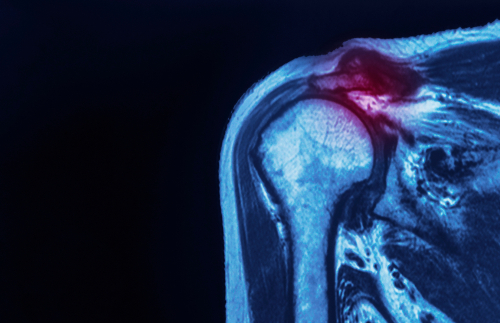Top Causes Of Rotator Cuff Tears
April 7, 2023 10:11 pm Leave your thoughtsTop Causes Of Rotator Cuff Tears

Rotator cuff tears are injuries to the tendons that surround the top of your arm bone (humerus) and hold it in the shoulder joint.
1. Repetitive Activities
The shoulder is a ball-and-socket joint that lets you move your arm in many directions. Its complex system of muscles and tendons keeps the shoulder stable and strong. In addition to pain and weakness, rotator cuff injuries can also cause swelling and tenderness. If you notice any of these symptoms, see your health care provider right away. A doctor can perform a simple test called the “painful arc sign” to rule out a tear. It requires your arm to be elevated to 180 degrees and then lowered slowly. Getting injured in this shoulder can be very painful and affect your ability to do everyday activities. But you can avoid rotator cuff tears by learning how to stretch and strengthen your shoulder muscles.
2. Age
The risk of a rotator cuff tear increases with age. As we age, tendons naturally become degenerated. This can make them more susceptible to injury. When you lift or carry something with your arms, you may feel a snapping sensation that causes immediate weakness in your upper arm and pain when moving it. Sudden rotator cuff tears, caused by a fall or an injury to the shoulder, usually cause intense pain and are accompanied by a weakness in the arm. That being said, people older than 40 are more likely to develop a rotator cuff tear, especially if they work or play sports that stress repetitive overhead arm motions.
3. Sports
Many people who participate in sporting activities, such as tennis players, baseball pitchers and rowers, may be at risk for rotator cuff tears due to the repetitive movements and heavy weight that these athletes use their shoulders for. They also have a greater chance of developing rotator cuff tears because the tendons that support their arms are subject to constant movement and pressure from the body’s weight.
4. Genetics
One study found that if someone has a family history of rotator cuff disease, they’re at greater risk for getting it themselves. Researchers looked at a large number of studies in two databases and found that people who have siblings with rotator cuff problems are twice as likely to also get them. In addition, if someone has a family history of shoulder surgery, they’re more likely to have it themselves. The research team says that this is a good example of how genetics can affect an individual’s health and risk for conditions. It can help doctors identify individuals who are at higher risk for a particular disease early on and apply prevention strategies for them.
5. Injury
Tears in the rotator cuff can happen suddenly, as when you fall on your shoulder or lift something heavy with a jerking motion. They can also occur over time, as you wear down your tendons from repeated activity or with age. A tear can be partial or full. A partial tear does not sever the rotator cuff muscle, but it damages it and may cause pain. Partial tears can be treated with rest, physical therapy and medications. If a tear is a large or severe one, surgery may be needed. X-rays, MRI or ultrasound scans can help your doctor diagnose a rotator cuff tear. These tools can identify a tear and show how large it is.
Categorized in: Rotator Cuff Injury, Rotator Cuff Pain, Rotator Cuff Tears, Uncategorized
This post was written by admin
